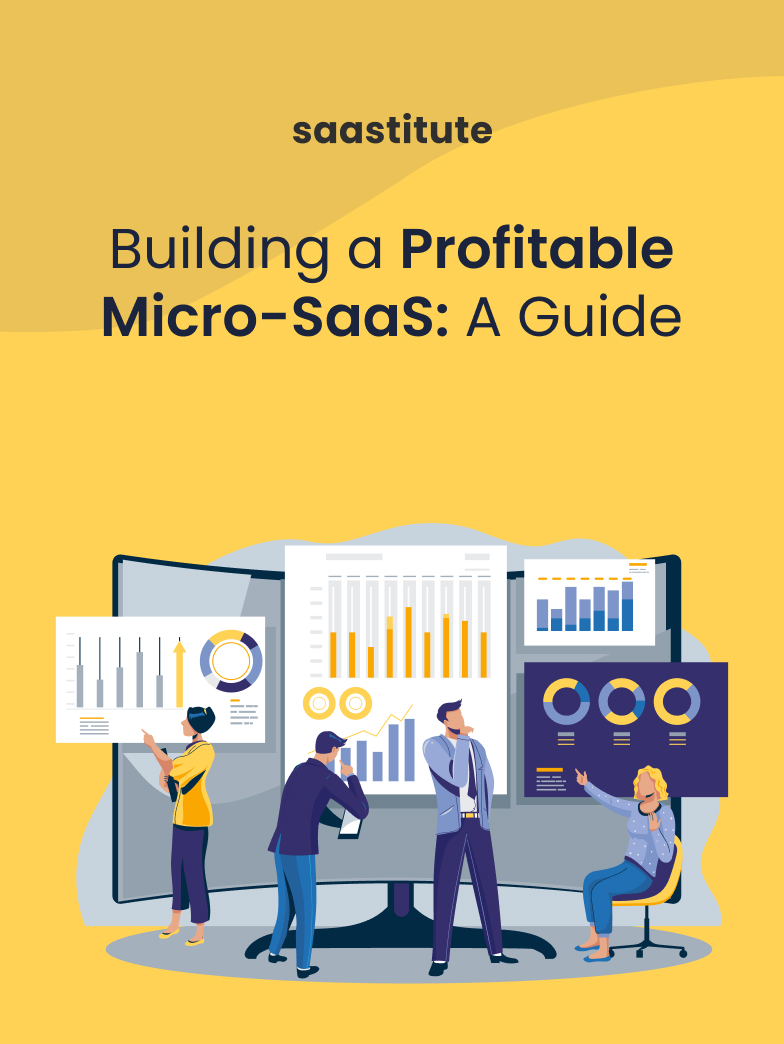Inventory Management Tips for Businesses in 2022.
Given the recurring COVID-waves plaguing businesses, profiteering is tough. Here are the best inventory management tips for your business in 2022.

Like a domino trail of cards hitting the ground full speed, one inventory management mistake can cost your business a fortune. Stockroom organisation comes to haunt the best of us involved in the retail business. As your business scales, and you move to a warehouse, things are bound to get trickier by the day. Mismanaging inventory can be a significant contributor to compounding losses to the business, which makes it absolutely necessary to place some inventory management measures in place.
Let’s start by learning or defining the term inventory management a little bit.
What is Inventory Management?
Inventory Management is a process of tracking and managing the inventories from the point of purchase until the departure of goods from warehouses or shop for sales.
It helps businesses in their restocking, ordering, stock forecasting, and storing activities. With a good inventory management process in place, companies can easily avoid the situations of stock-outs and overstocking. It also helps improve the cash and liquidity positions and profitability.
Here are some insights and tips you can follow up on to improve your business's performance in 2022.
Focus on Data
Nowadays, all businesses are primarily run with the help of technology and computer advancements. So, it is not wrong to say that data makes the world go around — it’s as simple as that. As all the financial reports and records of any organization are tracked and stored through big data, you can leverage them for your own inventory management needs. Understanding the data importance related to inventories, sales, and purchase cycle can help in shaping the inventory management process efficiently.
Set stock level control policies
Inventory management policies ensure you’re storing the right goods in the right quantities. Make sure you have a set of ‘rules’ for every SKU (Stock Keeping Units) you carry. Inventory classification like ABC analysis will help with this. For example, you should consider setting different service levels, safety stock levels, and reordering parameters for each category.
Don’t forget to have a policy for reducing excess stock and removing obsolete items. While the excess inventory harms stock turnover and eats into working capital, if it becomes obsolete it’ll gnaw away at your profit margins too. Also, set useful inventory KPIs! While it might sound obvious, it’s worth reviewing your current KPIs to ensure they’re helping to add value to your operations.
Review slow-moving inventory
If you come across products covered in dust from the turn of the millennium while organizing your warehouses, then it’s time to review your company’s slow-moving inventory. Moving forward, your business must have a well-thought-out and dynamic plan for its inventory procurement process. In general, reviewing inventory is something you should do as many times as possible in your business. As it is one of the important steps in the inventory management process.
Material Resource Planning
Material requirements planning (MRP) is a planning and control system for inventory, production, and scheduling. Doing it in one platform synchronizes the flow of materials, components, and parts in a phased order system, considering the production schedule. It also combines and tracks hundreds of variables, including purchase orders, sales orders, shortage of materials, expedited orders, due dates, forecasts, marketplace demand, material inventory, and data. Having an MRP in place allows manufacturers to keep up with increasing demand. Therefore, it helps them to be streamlined and efficient in many of their processes.
Cloud-based platforms for Inventory Management
In the year 2022, the most important advice I can give to you all is to start digitizing your businesses. Through this, all your daily business activities will start streamlining, so it can be done by using the technology in the form of software products. Now the decision is up to you whether you want to use cloud-based software or not, but an advantage of the cloud is that you can easily use it across any device or platform, and it's generally easy to use. So, in the case of inventory management, the cloud-based software can provide you with the details of Real-time Inventory positions, Safety Stock levels reminders, Reorder point calculations, and many other ways, and it will become faster and easier while not doing it manually without any type of help.
Way Forward
In the end, we would like to conclude that apart from these 5 specific tips, there are many additional things to take care of while managing the inventories which can help your business’s game to step up in 2022. So, you should always look for improving your inventory management process and review it.
Further, in the last tip, we talked about the use of software products as they will help you make your work easier and more efficient. Software solutions like SAP and Oracle are relevant for large-scale companies but if you go into the small and medium businesses sector, they may not be the best solutions. So, in these sectors products, like TranZact, Vyapar, Tally, and many others are much suitable for different scales of companies. Review and analyze that software and your business's need and nature. Then only you must start using it in your organizations.














.svg)


